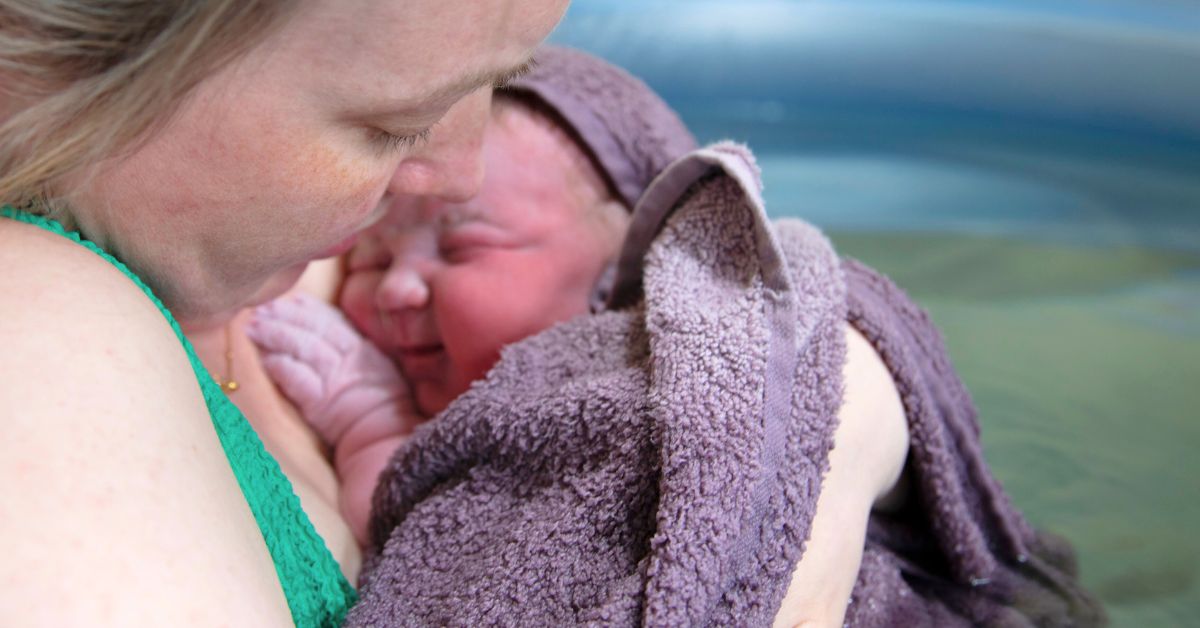Interesting Facts About Home Water Births

Home water births have become an increasingly popular option for women seeking a more natural and soothing childbirth experience. This alternative method to traditional hospital delivery offers several benefits, such as possible pain relief and faster delivery time. If you think you’re interested in this kind of delivery, read on to explore some interesting facts about home water births.
The First Recorded Water Birth Was in 1805
The history of water births goes back over two centuries. The first documented water birth occurred in France in 1805 when a woman submerged in a warm bath experienced a faster and more comfortable delivery. Since then, the practice has evolved and gained popularity across the globe. Many women are now choosing to give birth at home in a specially designed birthing pool, surrounded by family and support from a trained midwife.
The Water Temperature Is Critical
One of the key factors in a successful home water birth is maintaining the correct water temperature. The ideal temperature ranges between 97°F and 100°F for the mother’s comfort and the baby’s safety, as this range coincides with the mother’s body temperature. Keeping the water at this range can also help reduce stress, support relaxation, and ease pain during labor. Water temperature that falls outside of this range can increase the risk of birth complications, which is a key reason why monitoring water temperature during birth is vital.
Water Births Result in Faster Deliveries
One of the most appealing benefits of a water birth is its potential for faster deliveries. Immersing oneself in warm water can encourage relaxation and help ease contractions. In turn, this can facilitate a smoother and more efficient labor process. Studies have shown that women who have a water birth often experience shorter and less painful labor than those who choose traditional hospital births.
The Dive Reflex Keeps the Baby Safe
A fascinating aspect of home water births is the dive reflex, which helps protect the newborn infant. This unique reflex activates when a baby’s face is submerged in water, signaling their body to conserve oxygen and slow their heart rate. Thanks to the dive reflex, babies born underwater are safe from accidentally inhaling water before they take their first breath of air. Once they are lifted from the water, the reflex is deactivated, and the normal breathing process resumes. However, lifting the baby face down is paramount, as doing otherwise could prematurely deactivate the dive reflex.
These interesting facts about home water births offer a glimpse into a childbirth experience that is vastly different from typical hospital deliveries. Choosing a water birth can provide a more comfortable, calm, and even quicker labor experience for both the mother and child.





